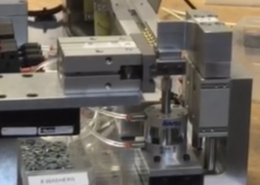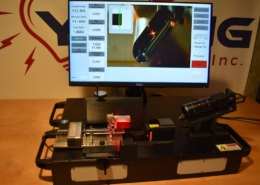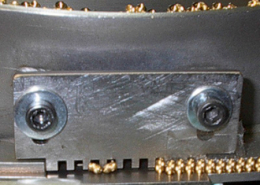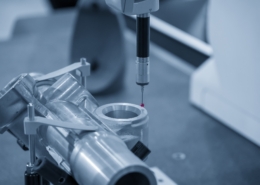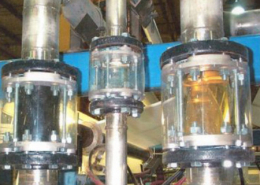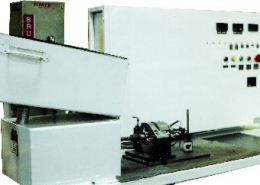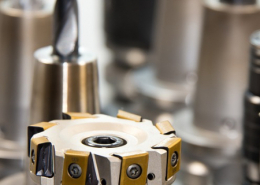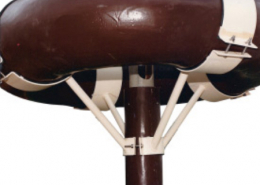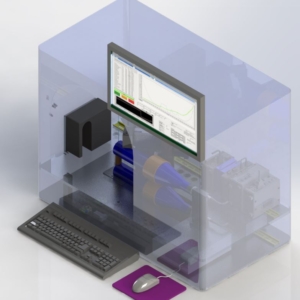Machine Vision vs. Computer Vision: Understanding the Differences
DESIGNED BY: Young Solutions Inc.
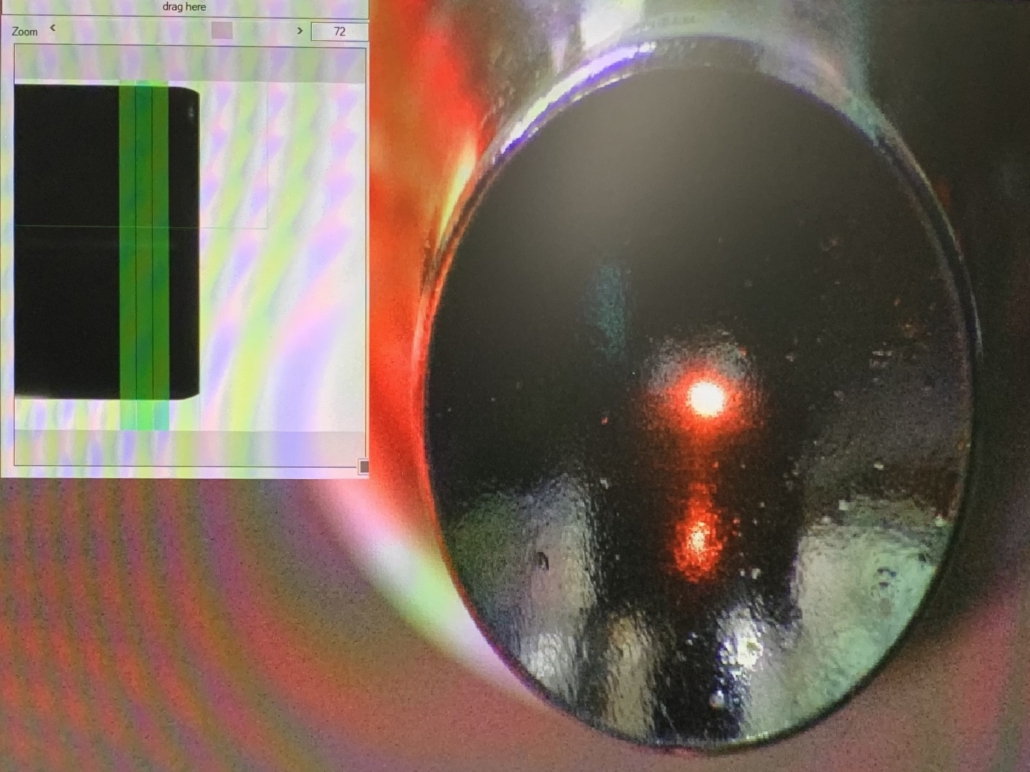 Measuring wear on the end of a part
Measuring wear on the end of a part
Machine Vision vs. Computer Vision: Understanding the Differences
In the rapidly evolving field of artificial intelligence (AI) and imaging technologies, “machine vision” and “computer vision” are two terms that are often used interchangeably. However, they refer to distinct concepts with different applications and characteristics. This article explores the differences between machine vision and computer vision to clarify their unique roles and impacts.
1. Definition and Purpose
Machine Vision: Machine vision primarily refers to the use of imaging technologies in industrial and manufacturing contexts. It involves the integration of cameras, sensors, and computer systems to perform tasks such as inspection, measurement, and quality control. The goal of machine vision is to enable machines to “see” and make decisions based on visual data to automate processes and improve efficiency.
Computer Vision: Computer vision, on the other hand, is a broader field within AI that focuses on enabling computers to interpret and understand visual information from the world. This includes tasks such as image recognition, object detection, facial recognition, and scene reconstruction. Computer vision aims to replicate human vision capabilities and apply them to a wide range of applications, from healthcare to autonomous vehicles.
2. Applications
Machine Vision Applications:
- Quality Control: Inspecting products for defects and ensuring they meet quality standards.
- Measurement: Precise measurement of components in manufacturing processes.
- Sorting: Identifying and sorting items based on visual characteristics.
- Robotic Guidance: Guiding robots to perform tasks such as assembly and packaging.
Computer Vision Applications:
- Facial Recognition: Identifying individuals based on facial features for security and authentication.
- Autonomous Vehicles: Enabling self-driving cars to navigate and make decisions based on their surroundings.
- Medical Imaging: Analyzing medical images for diagnostic purposes.
- Augmented Reality: Enhancing real-world environments with digital overlays for gaming, education, and more.
3. Technological Approach
Machine Vision: Machine vision systems typically use a combination of hardware (cameras, sensors, lighting) and software (image processing algorithms) to analyze visual data. These systems are often designed for specific industrial tasks and are optimized for high speed and accuracy in controlled environments.
Computer Vision: Computer vision leverages advanced AI techniques, particularly deep learning and neural networks, to understand and interpret visual data. It involves training models on large datasets to recognize patterns and make predictions. Computer vision can handle more complex and variable environments compared to machine vision.
4. Complexity and Adaptability
Machine Vision: Machine vision systems are generally less complex and more specialized, designed to perform repetitive tasks with high precision. They are well-suited for structured environments where the variables are known and controlled.
Computer Vision: Computer vision systems are more adaptable and capable of handling diverse and unstructured environments. They can learn from experience and improve over time, making them suitable for dynamic applications where conditions may change.
While machine vision and computer vision share the common goal of enabling machines to process and interpret visual information, they differ significantly in their scope, applications, and technological approaches. Machine vision excels in industrial automation and precision tasks, whereas computer vision is a versatile AI discipline with applications spanning various fields. Understanding these differences can help businesses and researchers choose the right technology for their specific needs and unlock the full potential of visual data analysis.




